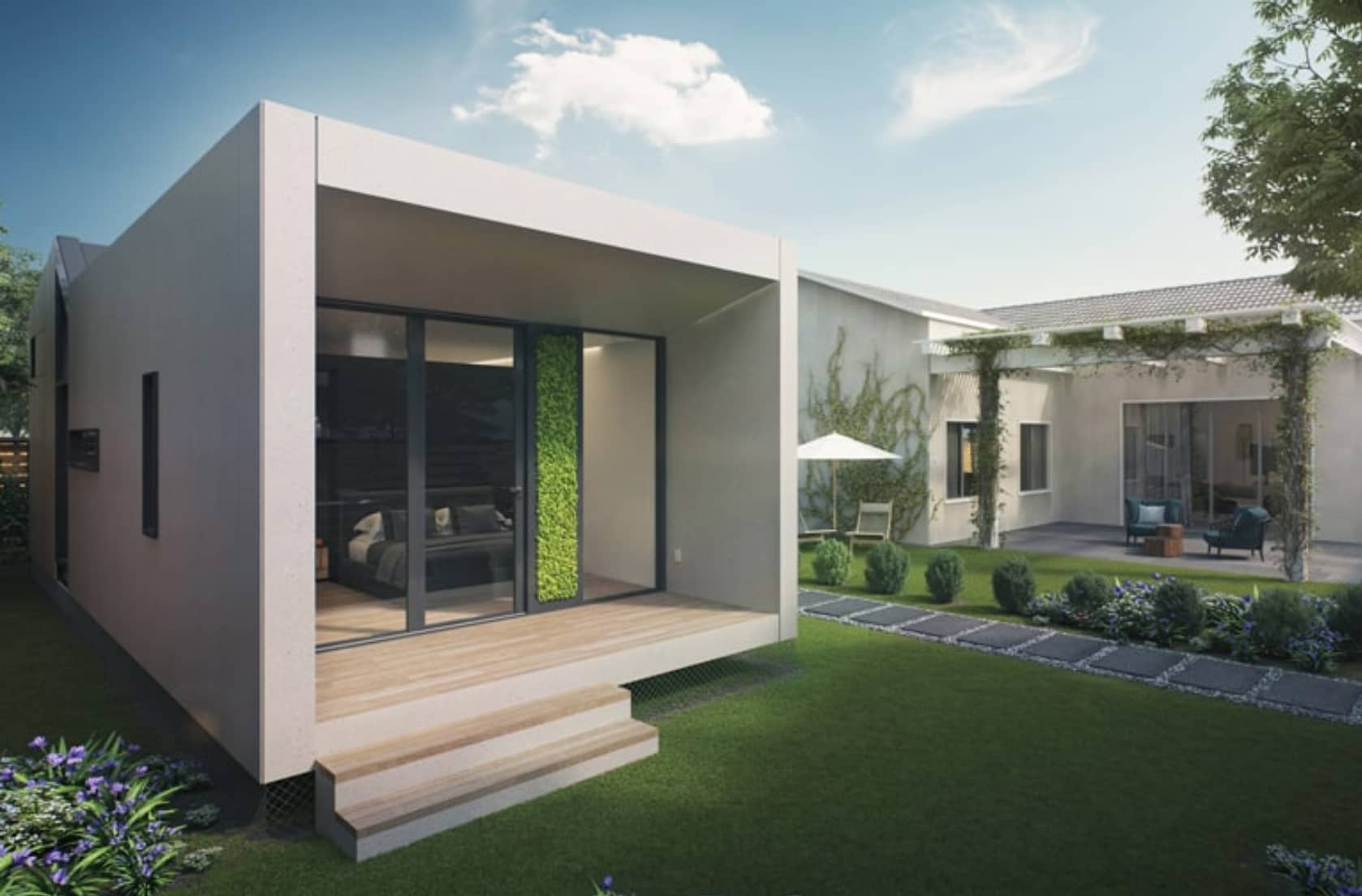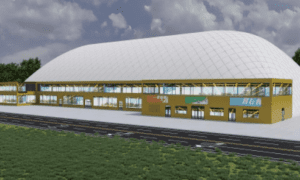Accessory Dwelling Units (ADUs), often referred to as guest houses, in-law suites, or backyard cottages, have surged in popularity across the United States, especially in urban and suburban areas where affordable housing is scarce. Whether you’re building an ADU for extra rental income, multigenerational living, or increased property value, one of the first questions homeowners ask is: How much does an ADU cost?
The short answer: it depends. But in this blog, we’ll break down the factors that affect ADU cost, provide average estimates, and explain how you can budget and plan for your own ADU project.
Understanding ADU Types
Before diving into numbers, it’s essential to understand the different types of ADUs, as the ADU cost varies significantly depending on the structure type:
- Detached ADU: A stand-alone unit separate from the main house. Typically the most expensive.
- Attached ADU: Built as an extension of the main home.
- Garage Conversion: Transforming an existing garage into a livable unit.
- Basement Conversion: Finishing a basement space for use as an ADU.
- Internal/Junior ADU (JADU): Converting part of the existing home, often using existing plumbing and infrastructure.
Each type affects labor, permitting, and material costs differently.
National Average ADU Cost (2025 Estimates)
Here are ballpark figures for ADU cost based on national averages:
- Detached ADU: $200,000 – $400,000
- Attached ADU: $150,000 – $300,000
- Garage Conversion: $90,000 – $150,000
- Basement Conversion: $100,000 – $180,000
- Junior ADU: $40,000 – $100,000
These estimates assume a fully permitted, turnkey ADU that includes a kitchen, bathroom, utilities, and finishes. However, costs may vary greatly depending on where you live (California, for instance, tends to be on the higher end).
Major Cost Components
Let’s break down what’s driving your ADU cost:
- Design and Engineering
Expect to spend 5–15% of the total ADU cost on architectural design, structural engineering, and Title 24 energy compliance (in California). For a $250,000 project, that’s $12,500–$37,500.
- Permits and Fees
Municipalities typically charge fees for building permits, sewer/water connections, and impact assessments. Depending on local policy, these can range from $5,000 to $30,000.
- Construction Costs
Construction labor and materials make up the bulk of ADU cost. This includes:
- Foundation: Slab, crawlspace, or raised—starting around $10,000–$30,000
- Framing and Exterior: $50,000–$100,000+
- Roofing, Siding, Windows: $20,000–$50,000
- Plumbing and Electrical: $20,000–$40,000
- Insulation and Drywall: $10,000–$25,000
- Interior Finishes: Cabinets, flooring, fixtures—$25,000–$60,000
- Utilities Hookups
Running new water, sewer, and electric lines can be surprisingly costly, especially for detached ADUs. Budget $10,000 to $40,000, more if trenching across long distances is required.
- Site Work
Includes demolition, excavation, grading, and landscaping. You may also need retaining walls or drainage solutions. This ranges from $5,000 to $25,000.
Additional Considerations Impacting ADU Cost
- Location and Zoning
Costs vary widely between regions due to labor rates, building codes, and local regulations. Urban areas with higher wages and stricter building requirements typically increase ADU costs.
- Size of the Unit
The larger the ADU, the higher the cost. However, economies of scale apply: a 600 sq. ft. unit might cost $300/sq. ft., while a 1,200 sq. ft. unit might be closer to $250/sq. ft.
- Prefab vs. Site-Built
Prefabricated or modular ADUs offer faster build times and potentially lower costs, but transportation, installation, and local retrofitting can negate savings. Expect prefab ADUs to cost $100,000 to $250,000, depending on specs.
- DIY or General Contractor
Acting as your own GC can cut 10–20% from your ADU cost, but it requires time, knowledge, and risk management. Most homeowners hire professionals for full builds.
- Financing and Soft Costs
Include interest on construction loans, insurance, and contingency (usually 10–15% of the total). Don’t forget to furnish the unit if you plan to rent it.
Hidden Costs to Watch Out For
- Soil Testing or Environmental Reports – May be required before digging.
- Utility Upgrades – Older homes may need electrical panel or sewer line upgrades.
- Access and Easements – Narrow lots or shared driveways can require creative solutions.
- Fire Sprinklers – Depending on square footage and jurisdiction, you may be required to install them.
- Parking Requirements – Some cities may waive these, others may not.
How to Reduce Your ADU Cost
While ADUs can be expensive, there are smart ways to bring your project in under budget:
- Choose a smaller footprint: Keep it under 750 sq. ft. to avoid impact fees in many areas.
- Repurpose existing space: Garage and basement conversions cost far less than new builds.
- Use design-build firms: They streamline the process and often reduce soft costs.
- Select standard finishes: Skip custom tile or cabinetry unless it adds rental value.
- Explore prefab options: They’re getting more stylish, customizable, and efficient.
Return on Investment (ROI)
Despite the upfront costs, ADUs often pay off over time. If you rent the unit, you could see passive income of $1,500–$3,000/month, depending on location. Over 10 years, that could add up to $180,000–$360,000, offsetting most (or all) of the ADU cost.
They also add to home value. Depending on size, design, and usability, an ADU can increase resale value by 20–30% in high-demand markets.
Case Study: Real ADU Cost Examples
Here are a few real-world scenarios to help illustrate:
- Los Angeles, CA – Detached ADU (650 sq. ft.)
- Total Cost: $275,000
- Monthly Rent: $2,200
- ROI: Break-even in 10.4 years
- Portland, OR – Garage Conversion (400 sq. ft.)
- Total Cost: $110,000
- Monthly Rent: $1,400
- ROI: Break-even in 6.5 years
- Austin, TX – Attached ADU (900 sq. ft.)
- Total Cost: $210,000
- Monthly Rent: $2,000
- ROI: Break-even in 8.75 years
Conclusion
The true ADU cost depends on a multitude of factors—from the type of unit to your city’s permitting process. But with thoughtful planning, realistic budgeting, and smart design choices, building an ADU can be a rewarding investment—whether you’re looking to house loved ones, earn rental income, or boost your property value.
If you’re serious about building an ADU, your first step should be consulting with a local expert who can assess your site, zoning, and goals. From there, you can build a budget—and an ADU—that works for you.

































